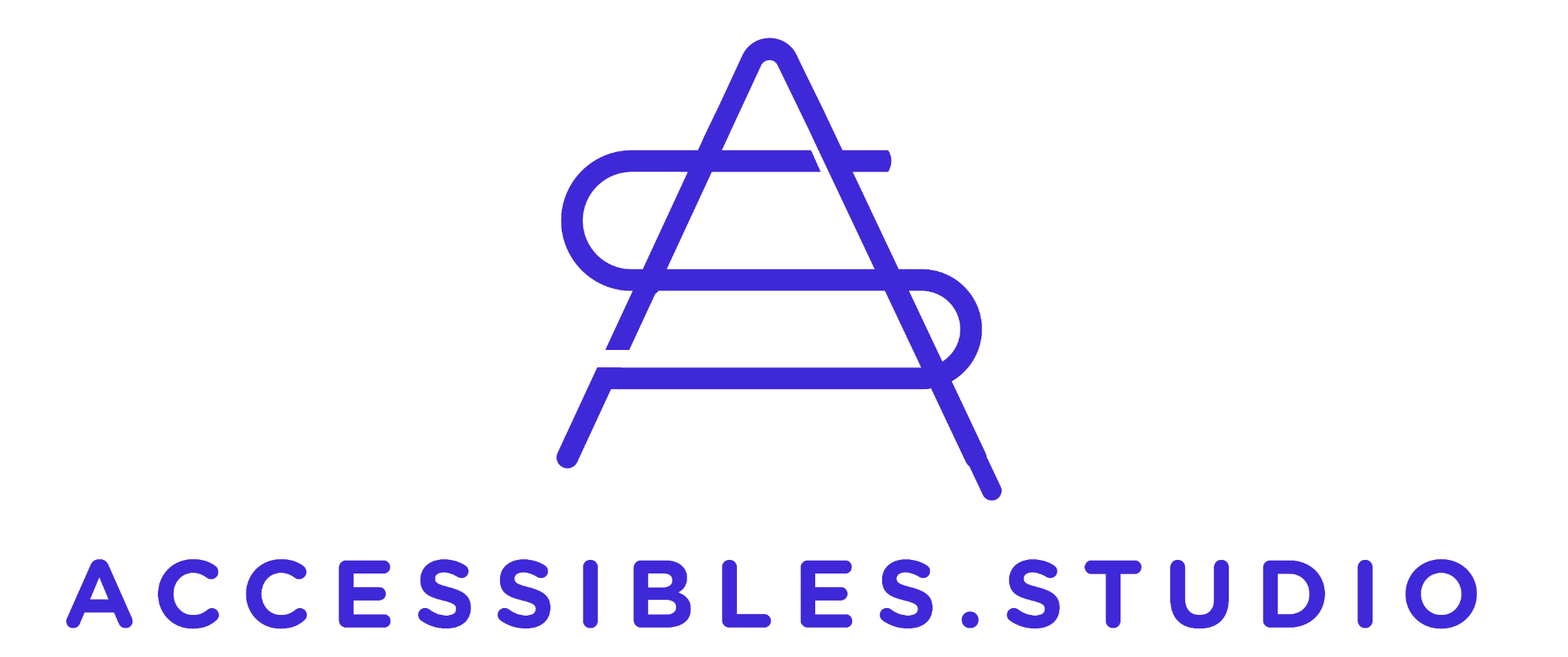Importance of Web Accessibility: In an era dominated by digital interactions, the significance of web accessibility has surged, transforming it from a mere consideration to an indispensable aspect of web development. Web accessibility involves designing and developing websites to ensure equal access and opportunity for people with disabilities. As the digital landscape evolves, understanding and prioritizing web accessibility has become more crucial than ever.
The Impact of Web Accessibility on User Experience:
Web accessibility is not just a legal obligation; it profoundly influences the overall user experience. When websites are crafted with accessibility in mind, they become more user-friendly for everyone. Navigating through content becomes seamless, and users can access information regardless of their physical abilities. A positive user experience enhances engagement, satisfaction, and ultimately, the success of a website.
Governments and international bodies recognize the importance of web accessibility. Legal requirements, such as the Web Content Accessibility Guidelines (WCAG), set the standards for creating accessible websites. Adhering to these regulations is not only a moral imperative but also a legal obligation that ensures equal access to digital information for everyone.
Understanding the challenges faced by individuals with disabilities online is crucial for addressing accessibility issues. Common barriers include untagged images, poorly structured content, and incompatible assistive technologies. By recognizing and mitigating these challenges, web developers can create a more inclusive online environment
Benefits of Implementing Web Accessibility for Businesses and Organizations:
The benefits of implementing web accessibility extend far beyond compliance. Accessible websites have a broader reach, tapping into a diverse audience. This inclusivity positively impacts a company’s reputation, brand image, and customer loyalty. Additionally, accessible websites often perform better in search engine rankings, contributing to improved visibility and, subsequently, business success.

Developers and designers play a pivotal role in fostering web accessibility. Techniques like providing alternative text for images, creating keyboard-friendly interfaces, and ensuring logical document structure contribute to a more accessible web. Staying informed about evolving best practices is essential to continually enhance web accessibility.
Tools and Resources Available to Evaluate and Enhance Web Accessibility:
A myriad of tools and resources exists to help evaluate and enhance web accessibility. From automated testing tools like Axe and WAVE to comprehensive guides provided by organizations like W3C, developers have a wealth of resources at their disposal. These tools facilitate the identification and rectification of accessibility issues throughout the development process.
Examining real-world success stories highlights the tangible benefits of prioritizing web accessibility. Case studies can showcase how companies achieved improved user engagement, expanded their audience, and positively impacted their brand by making their digital spaces more inclusive.
Inclusive design goes beyond mere compliance; it is about creating digital experiences that cater to users of all abilities from the outset. A user-centric approach that considers diverse needs results in websites that are inherently accessible. Inclusive design fosters innovation and ensures that accessibility is woven into the fabric of digital solutions.
As technology evolves, so too do opportunities for enhancing web accessibility. From AI-driven accessibility solutions to advancements in assistive technologies, the future holds exciting possibilities. Staying attuned to these trends is crucial for developers and businesses seeking to remain at the forefront of accessible digital experiences.
Conclusion
the increasing importance of web accessibility is undeniable. It is a moral imperative, a legal obligation, and a strategic business decision. Prioritizing web accessibility not only ensures compliance with regulations but also creates a digital space that is welcoming, inclusive, and beneficial for all users. As we move forward, embracing the principles of accessibility and inclusive design will not only meet the needs of today but also pave the way for a more inclusive and equitable digital future. It’s time for businesses and organzations to recognize the transformative power of web accessibility and make it an integral part of their digital strategy.
“It is a moral imperative, a legal obligation, and a strategic business decision. Prioritizing web accessibility not only ensures compliance with regulations but also creates a digital space that is welcoming, inclusive, and beneficial for all users”




